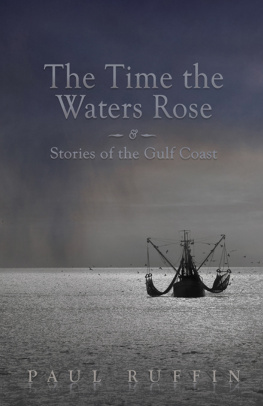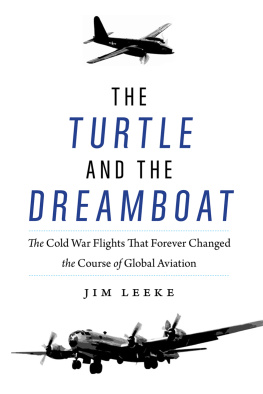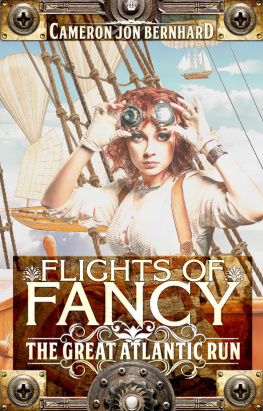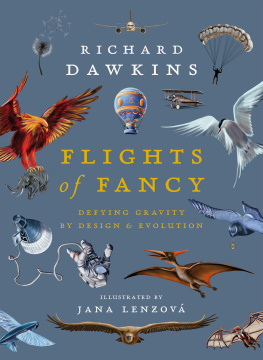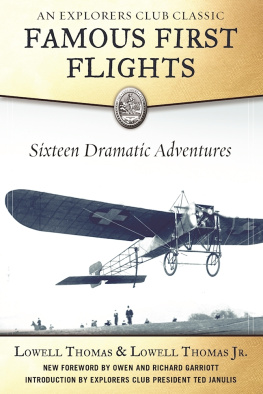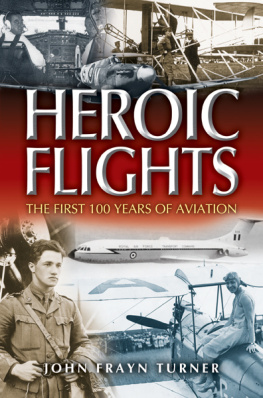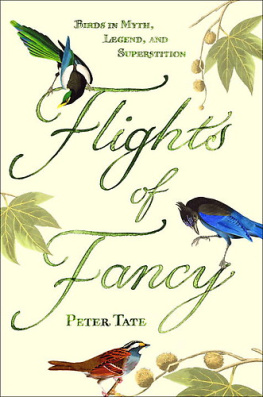Dedication
This book is dedicated to all those who, since the beginning of manned flight, have taken off into the wild blue yonder and never returned.
First published in 2015 by Zenith Press, an imprint of Quarto Publishing Group USA Inc., 400 First Avenue North, Suite 400, Minneapolis, MN 55401 USA
2015 Quarto Publishing Group USA Inc.
Text 2015 Steven A. Ruffin
All rights reserved. With the exception of quoting brief passages for the purposes of review, no part of this publication may be reproduced without prior written permission from the Publisher.
The information in this book is true and complete to the best of our knowledge. All recommendations are made without any guarantee on the part of the author or Publisher, who also disclaims any liability incurred in connection with the use of this data or specific details.
We recognize, further, that some words, model names, and designations mentioned herein are the property of the trademark holder. We use them for identification purposes only. This is not an official publication.
Zenith Press titles are also available at discounts in bulk quantity for industrial or sales-promotional use. For details write to Special Sales Manager at Quarto Publishing Group USA Inc., 400 First Avenue North, Suite 400, Minneapolis, MN 55401 USA.
To find out more about our books, visit us online at www.zenithpress.com.
Digital edition: 978-1-62788-872-1
Hardcover edition: 978-0-7603-4792-8
Library of Congress Cataloging-in-Publication Data
Ruffin, Steven A.
Flights of no return : aviation historys most infamous one-way tickets to immortality / Steven A. Ruffin.
pages cm
Includes bibliographical references.
ISBN 978-0-7603-4792-8 (hc w/jacket)
1. Aircraft accidents--History. I. Title.
TL553.5.R84 2015
363.12409--dc23
2014049416
Acquisitions Editor: Elizabeth Demers
Project Manager: Madeleine Vasaly
Art Director: James Kegley
Cover Designer: Faceout Studios
Page Designer: Carol Holtz
Layout Designer: Simon Larkin
On the front cover: Amelia Earhart posing in front of her Lockheed 10E Electra. It was one of the most advanced civilian airplanes of its day. NASA
FLIGHTS OF NO RETURN
Aviation Historys Most Infamous One-Way Tickets to Immortality
STEVEN A. RUFFIN

CONTENTS
SECTION I
WHEN LUCK RUNS OUT
SECTION II
LAPSES IN JUDGMENT
SECTION III
CRIMINAL AND OTHER POLITICALLY INCORRECT BEHAVIOR
SECTION IV
INTO THE TWILIGHT ZONE

PREFACE
I must have been a pioneer aviator in a previous life. This would explain my fascination with aviation historyand why I wrote this book about the most legendary flights of no return. In a lifetime studying the history of flight, I have found that some of the most captivating true flying tales were those where one or more of the participants never returned. These last flight accounts pique my interest, not because of their grim endings, but because they so often form the basis of a more complex story.
I had two goals in writing this collection: I wanted the stories to be unique and interesting enough to appeal to readers of all types and all ages, and I wanted them to be as accurate as possible. A major challenge in achieving the first goal was deciding which flights to chronicle. In more than two centuries of manned flight, the overwhelming majority of lost flights are easy to explain and involve little or no mystery: a pilot flew into bad weather and crashed into the side of a mountain, or he lost control of his aircraft and spun into the ground. All are tragic, but not necessarily compelling. However, a few of historys ill-fated flightsor the events associated with themare fascinating in some particular way. They are mysterious, bizarre, or controversial, and they often involve someone famous. These flights provide all the adventure and drama necessary for good literature, and are therefore the ones I chose to describe.
My second goalmaking this book about real historic events as accurate as possiblewas equally challenging. Determining what happened before, during, and after each of these historic failed flights required a great deal of research and crosschecking. I spared no effort in describing each flight and each incident as faithfully as possible. I employed in my research as many primary sources as I could, including original documents and photos, official accident reports, maps, and first-person accounts. In the absence of these, I relied on information presented in books, articles, and other sources that were, to the best of my judgment, accurate. Only by meticulously evaluating each of these sources and comparing one to another could I feel confident of describing an event as closely as possible to the way it actually occurred.
Most of these legendary flights have been the subjects of books, articles, documentaries, websites, and movies. However, such an abundance of material is a double-edged sword, for within almost any mass of information exists an unknown quantity of misinformation. False facts are ubiquitous. They can arise, even in official documents, from typos or transcribing errors. Elsewhere, they result from unverified assertions, legends, rumors, andtoo oftenpurposefully made fallacious claims. Although it was sometimes difficult to distinguish fact from fiction, I tried to weed out as many errors as possible. In so doing, I also eliminated some long-held misconceptions. Any untruths that may have survived are unintentional and my responsibility alone.
ACKNOWLEDGMENTS
I t is impossible to complete a work as comprehensive as this without a great deal of help from others, and I would like to acknowledge those who assisted me in making it possible. First, I am indebted to my editors at Zenith Press for helping to make this work the best it could possibly be. Their many perceptive comments and suggestions were invaluable. Colonel Walter Boynefriend, colleague, and mentoris the ace of aces in matters having to do with aviation history. I very much appreciated his encouragement and advice. Terry Irwin, certified flight instructor and friend for more years than seems possible, is also one of the most knowledgeable aviation authorities anywhere. His review of the manuscript and astute observations were exceedingly helpful. Lieutenant Dan Ruffin is a US Navy F/A-18 Super Hornet weapons systems officerand the smartest young fellow I was ever blessed to have as a son. His technical perspective on this work was vital. Paula Ronald, whom I was lucky enough to have as a sister and personal librarian, has also been a lifetime coach, critic, fan, and friend. She painstakingly reviewed every word of the manuscript and expertly dissected some of my dangling participles, split infinitives, and run-on sentences. My good friend and comrade-in-arms, Col. Steve Robison, showed unparalleled fortitude by laboriously wading through the manuscript. I thank him for his insightful suggestions and much-needed encouragement.
Others who kindly provided assistance included Heather Bourk of the US House of Representatives Collection, the Cessna Aircraft Company, Stephen Miller, Bob Garrard, Minerva Bloom of the NAS Fort Lauderdale Museum, Peter Kilduff, Jon Proctor, Bernhard Ebner, and Otto Gross. Finally, I wish to acknowledge my wife, Janet, and daughter, Katie, both of whom supported and encouraged me in various ways throughout this long process. Many thanks to you, one and all.
Next page

